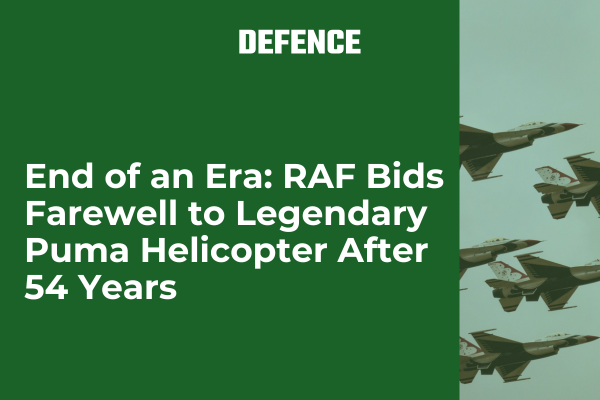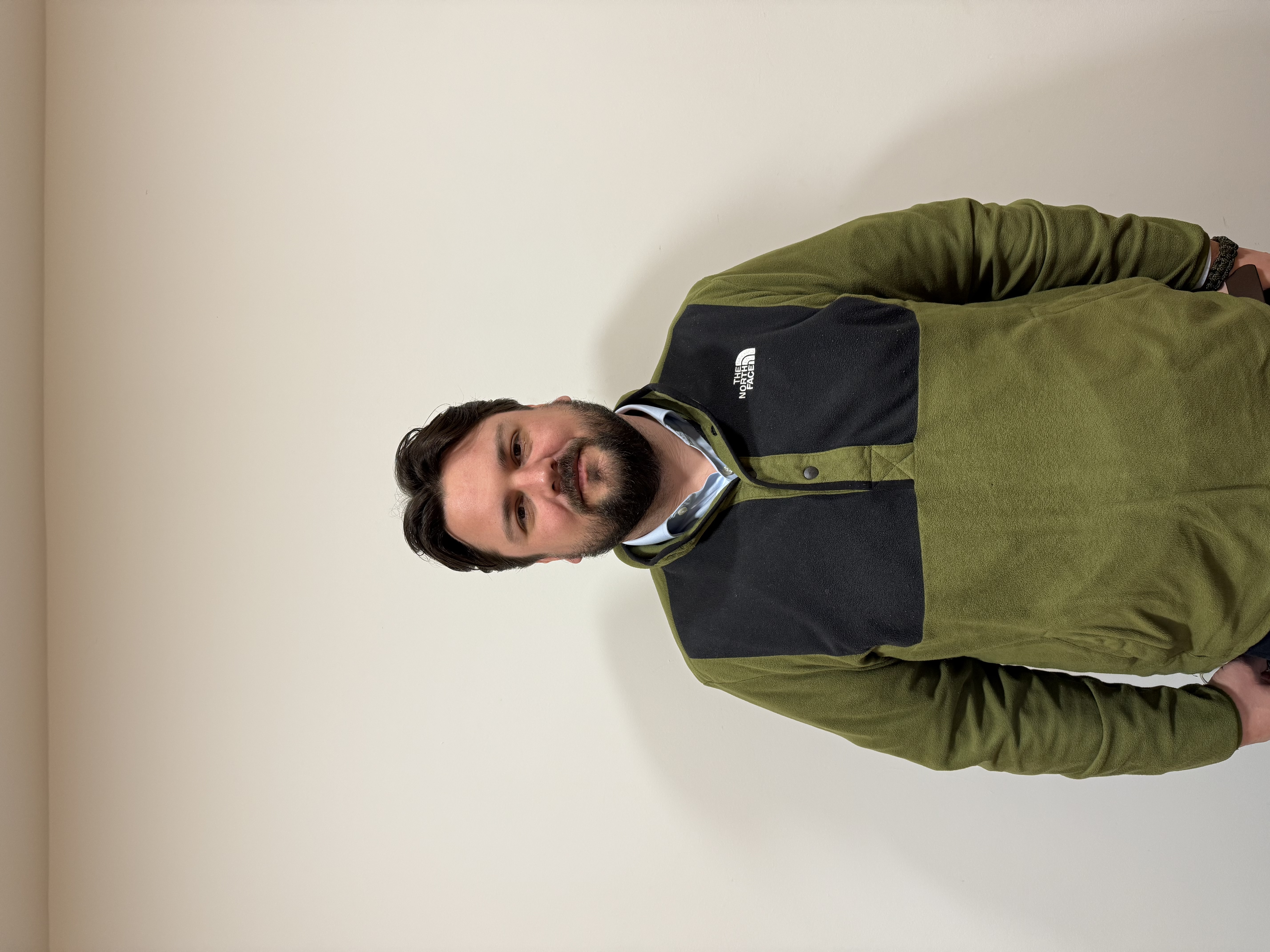End of an Era: RAF Bids Farewell to Legendary Puma Helicopter After 54 Years
16 Apr, 20252 minsA workhorse that's served longer than many of its pilots have been alive. A Disting...

A workhorse that's served longer than many of its pilots have been alive.
A Distinguished Service Career Ends
After an incredible 54 years of service, the Royal Air Force has officially retired its fleet of Puma helicopters. At a time when the RAF itself is just over a century old, the venerable Puma has been airborne for more than half of the service's existence – a remarkable testament to the aircraft's reliability, versatility and importance to Britain's military operations.
The final farewell took place on 31st March 2025, drawing to a close a chapter of British military aviation history that began in 1971 when the Puma first entered service with 33 Squadron, soon followed by 230 Squadron in 1972.
Global Operations: From Northern Ireland to Afghanistan
Throughout its five decades of service, the Puma has been deployed across an impressive array of operations worldwide. From supporting British forces during The Troubles in Northern Ireland to operations in Belize, Venezuela, Rhodesia, Mozambique, and Zaire, the helicopter became a mainstay of RAF mobility.
The Puma served with distinction during both Gulf conflicts, the Iraq War, and throughout Britain's long engagement in Afghanistan. It also played a crucial role in the former Yugoslavia, supporting the UK's contribution to the NATO-led Kosovo Force (KFOR).
Squadron Leader Niall Davidson, second-in-command of No. 33 Squadron, reflected on the helicopter's strengths: "It's a great aircraft for the operations we've been on. Be that Northern Ireland, Iraq, Afghanistan... It's a great aircraft for getting in and out of really tight urban sites, even in high altitudes of Kabul we are able to lift troops out of really tight sites and keep them off the roads."
An Impressive Technical Evolution
Originally manufactured as a joint venture between Westland and the French company Aérospatiale, the Puma began life as the HC Mk 1 variant. Between 2012 and 2014, many of these aircraft underwent substantial upgrades to HC Mk 2 standard through the Puma Life Extension Programme (LEP).
The modernised Puma HC2 boasted more powerful Turbomeca Makilia 1A1 turboshaft engines, delivering 1,800 horsepower each. These enhanced power plants gave the helicopter a range of 300 nautical miles and a top speed of 167 knots (192mph) – impressive figures for an aircraft of its size and capability.
At 60 feet long with a rotor diameter of nearly 50 feet, the Puma HC2 could transport two pilots and 16 passengers, or up to 12 fully equipped troops. For medical evacuations, it could carry six casualties on stretchers alongside medical personnel, or haul up to two tonnes of freight. Like its larger cousin the Chinook, the Puma was capable of carrying underslung loads, including the British Army's L118 Light Gun.
Final Farewell Flights
The Puma was given a fitting send-off with farewell flights across the UK and at its overseas bases. Three Pumas – using the callsign WARLOCK flight – conducted a commemorative flight from RAF Benson on 26th March, visiting locations of significance throughout the type's career.
Wing Commander Nick Monahan, commanding officer of No. 33 Squadron and Puma Force Commander, explained: "This flight route is via various locations of significance. Each place reflects the rich history and contributions that the Puma has made during its time in service. The aircraft has been a cornerstone of global defence operations for more than five decades."
Similarly, farewell flypasts took place in Brunei, where the helicopter supported a battalion of the British Army's Royal Gurkha Rifles, and in Cyprus, where the Puma equipped the RAF's last remaining dedicated search and rescue squadron.
The Future: Replacement Plans
At the time of its retirement, the RAF had 23 Pumas on strength, all upgraded to HC2 standard. In Belize and Cyprus, the Puma's duties will be assumed by six Jupiter (Airbus H145) helicopters starting next year, though these are primarily used by the RAF for advanced training.
For the bulk of the fleet being retired, a formal replacement has yet to be decided. The New Medium Helicopter (NMH) programme, worth approximately £1.5 billion, remains in development with Leonardo's AW149 as the remaining contender after both Airbus Helicopters and Lockheed Martin withdrew from the competition, citing budget constraints.
The fate of the retired Pumas remains uncertain. Well-maintained and upgraded throughout their service lives, they may find new owners on the secondhand market. Alternatively, they could be donated to Ukraine, which has already received former Royal Navy Sea Kings from the UK and Pumas from Portugal.
A Legacy of Service
From humanitarian missions and firefighting to combat operations and search and rescue duties, the Puma helicopter has been a remarkably versatile workhorse for the Royal Air Force.
As the last Pumas are grounded after more than five decades of continuous service, they leave behind a distinguished legacy of supporting British forces across the globe – from the mountains of Afghanistan to the jungles of Belize and countless locations in between.



